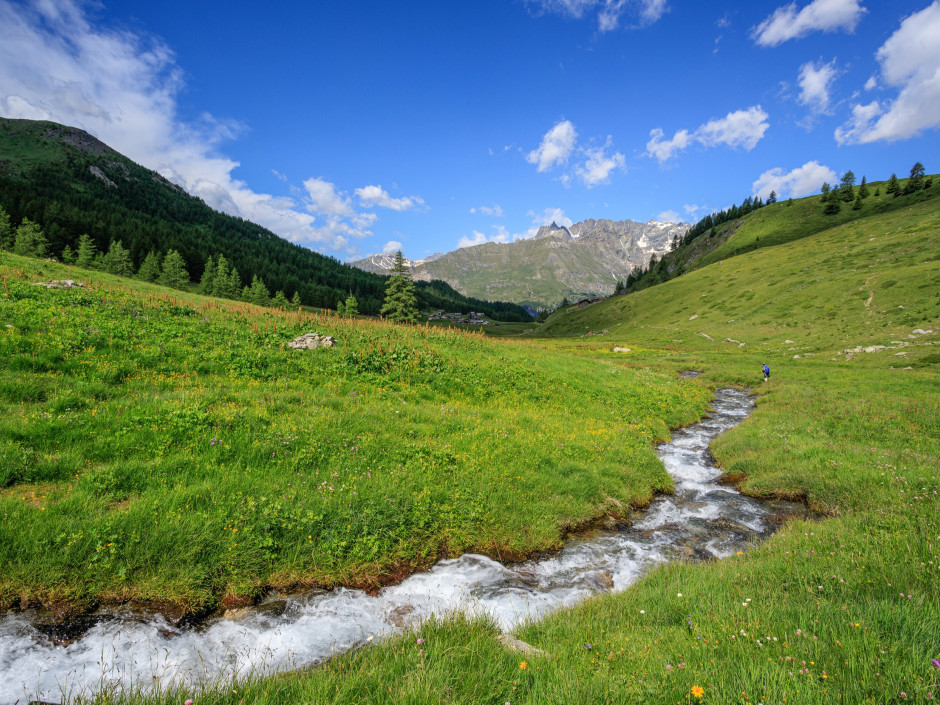"We like what's good for us"
Certain forms in the landscape and in architecture appeal to us more than others, and the arrangement and complexity of the shapes in them play a role in this. However, the phenomenon goes beyond an intuitive preference for certain landscape forms: studies show that these forms also have a positive effect on mental and physical health. For example, in the sight of natural landscapes, people find relaxation, stress decreases measurably, and patients recover much more fully and faster with a view of nature.
To better understand which forms we prefer and why, Eurac Research neuroscientist Alexandros A. Lavdas and landscape ecologist Uta Schirpke developed and evaluated an online questionnaire. Respondents were asked to indicate which images they liked best, choosing from images of alpine landscapes that the researchers had manipulated using different geometric elements, buildings and vegetation. The respondents were also asked why they had made those choices, whether they had chosen the most beautiful or interesting images or if they had chosen ones that made more sense or felt more familiar.
An analysis of the 144 completed questionnaires, compiled (for the most part) throughout Europe , shows that most respondents found the simplified versions of the images unattractive. What was very attractive, on the other hand, was the presence of a natural scaling of object sizes, and the presence of fractal or "broken" quasi-self-repeating shapes. These forms can be found everywhere in nature, in trees whose shapes are more or less repeated, in the diminishing sizes of every branch and twig, in blood vessels, river systems or in coastlines. "In our questionnaire, we used nature scenes from the Alpine landscape with various manipulations to alter their complexity. This was done by adding computer graphics of precise mathematical fractals (an “extreme” form not found in nature),by manipulating natural forms to alter their complexity and scaling, or through the addition of various buildings, in their original or manipulated appearance," explained Alexandros A. Lavdas.
The evaluations demonstrate that the respondents always preferred the versions with multiple repetitions, and a generally high degree of organized complexity. "This supports our assumption that a preference for certain geometric shapes lies within us, possibly even innately, and is not based on acquired familiarity," says Lavdas. The respondents even found the addition of tropical vegetation in the Alpine environment beautiful, even though it was deemed as less familiar or “meaningful”. The situation was similar when buildings were inserted into the pictures, more complex buildings with fractal repetitions were considered more beautiful by the majority of those surveyed, even if the buildings had different cultural backgrounds that precluded respondent’s familiarity. "The buildings we inserted were actually completely foreign bodies, it wasn’t that we were trying to promote oriental architecture in the Alps," clarifies Uta Schirpke. "Rather, we wanted to demonstrate that taste is not arbitrary. We would like to continue this kind of study and refine the methodology, possibly also by measuring participants brain waves when the various images are viewed to see how people react to them". Uta Schirpke works at Eurac Research’s Institute for Alpine Environment and carries out research on mountain landscapes focusing on their contribution to human well-being and the consequences of landscape changes. Neuroscientist Alexandros A. Lavdas is responsible for imaging, in the field of genetic and cell research at the Institute of Biomedicine, and has mostly worked on nervous system development and regeneration, with a parallel interest in neuroaesthetics.
Their findings will contribute to the better preservation of landscapes - especially when it comes to alpine landscapes and decisions in tourism planning.
The interdisciplinary study has been published in the renowned specialist magazine PLOS ONE. (https://journals.plos.org/plosone/article?id=10.1371/journal.pone.0235257)
Related Articles
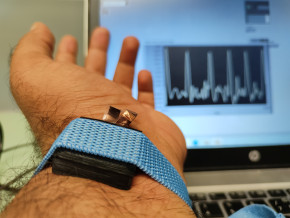
Tecno-prodotti. Creati nuovi sensori triboelettrici nel laboratorio di sensoristica al NOI Techpark
I wearable sono dispositivi ormai imprescindibili nel settore sanitario e sportivo: un mercato in crescita a livello globale che ha bisogno di fonti di energia alternative e sensori affidabili, economici e sostenibili. Il laboratorio Sensing Technologies Lab della Libera Università di Bolzano (unibz) al Parco Tecnologico NOI Techpark ha realizzato un prototipo di dispositivo indossabile autoalimentato che soddisfa tutti questi requisiti. Un progetto nato grazie alla collaborazione con il Center for Sensing Solutions di Eurac Research e l’Advanced Technology Institute dell’Università del Surrey.
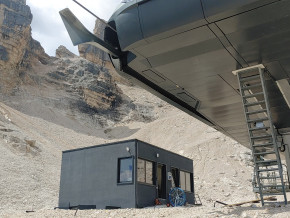
unibz forscht an technologischen Lösungen zur Erhaltung des Permafrostes in den Dolomiten
Wie kann brüchig gewordener Boden in den Dolomiten gekühlt und damit gesichert werden? Am Samstag, den 9. September fand in Cortina d'Ampezzo an der Bergstation der Sesselbahn Pian Ra Valles Bus Tofana die Präsentation des Projekts „Rescue Permafrost " statt. Ein Projekt, das in Zusammenarbeit mit Fachleuten für nachhaltiges Design, darunter einem Forschungsteam für Umweltphysik der unibz, entwickelt wurde. Das gemeinsame Ziel: das gefährliche Auftauen des Permafrosts zu verhindern, ein Phänomen, das aufgrund des globalen Klimawandels immer öfter auftritt. Die Freie Universität Bozen hat nun im Rahmen des Forschungsprojekts eine erste dynamische Analyse der Auswirkungen einer technologischen Lösung zur Kühlung der Bodentemperatur durchgeführt.
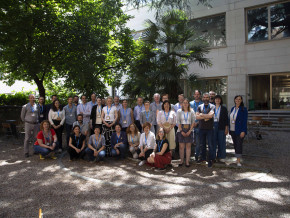
Gesunde Böden dank Partizipation der Bevölkerung: unibz koordiniert Citizen-Science-Projekt ECHO
Die Citizen-Science-Initiative „ECHO - Engaging Citizens in soil science: the road to Healthier Soils" zielt darauf ab, das Wissen und das Bewusstsein der EU-Bürger:innen für die Bodengesundheit über deren aktive Einbeziehung in das Projekt zu verbessern. Mit 16 Teilnehmern aus ganz Europa - 10 führenden Universitäten und Forschungszentren, 4 KMU und 2 Stiftungen - wird ECHO 16.500 Standorte in verschiedenen klimatischen und biogeografischen Regionen bewerten, um seine ehrgeizigen Ziele zu erreichen.
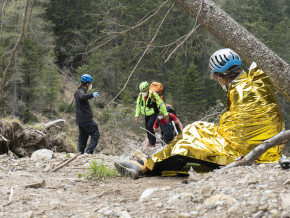
Erstversorgung: Drohnen machen den Unterschied
Die Ergebnisse einer Studie von Eurac Research und der Bergrettung Südtirol liegen vor.
